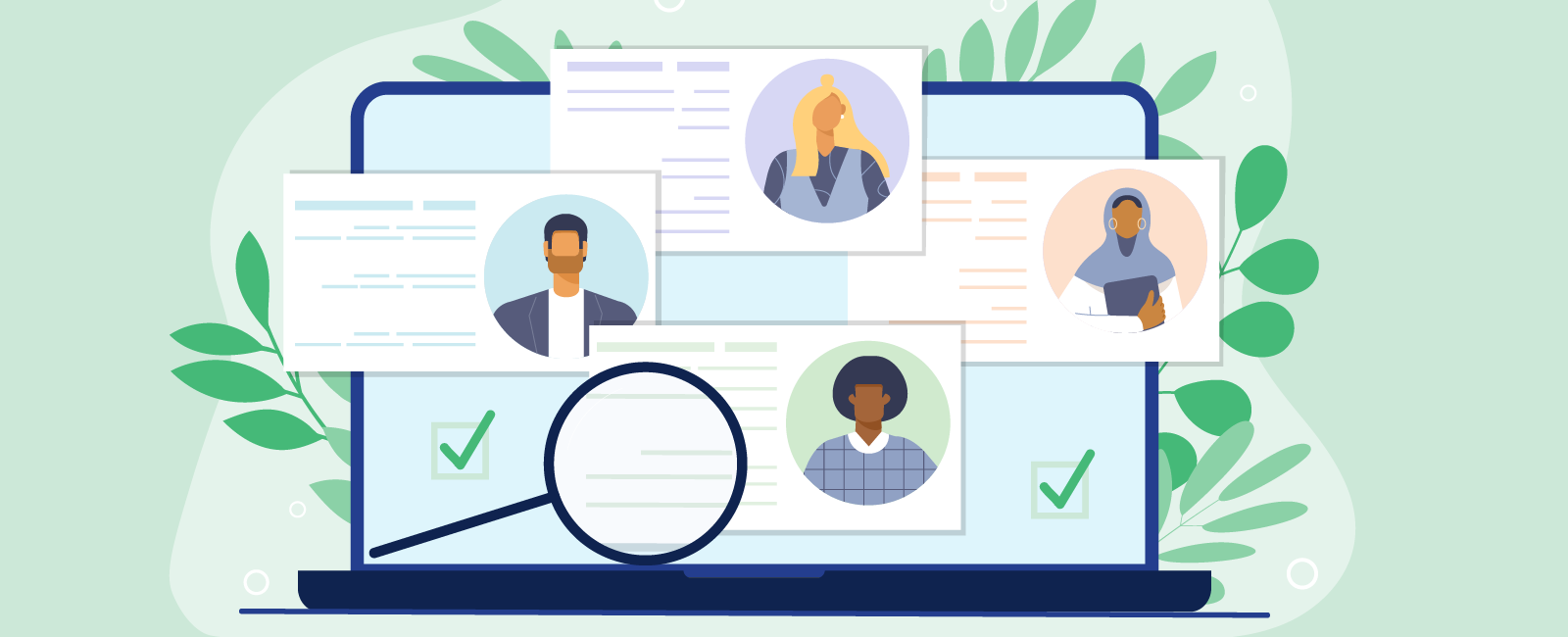
If you’re in the IT field or considering a change and you’re looking for a job, you know there is a lot of competition. From entry-level roles to lead positions each company is always looking for the best fit to fill their roles, so how do you make sure a Recruiter reads your resume instead of the next candidate’s?
The Importance of Keywords in Resumes
First, start by thinking about how to make your resume user-friendly for the Recruiter. In other words, adjust your resume to make it easy for us to understand your skills and what experience you can bring to a position. I’ll let you in on a little recruiting secret: it’s all about keywords. That’s right, we initially search by keywords. If you don’t have them listed in your resume, we won’t find you, no matter how wonderfully your resume is written. That doesn’t mean you should just list out all the technologies you’ve ever worked with or list every programming language you know. We want to see the keywords used throughout your description of past positions. For example, if you are a Windows Systems Administrator, be sure to tell us which servers you’ve supported in each position (because we also want to know how recent your experience is with each technology).
Proper Editing
Secondly, please review and edit your resume for spelling and grammar errors. Obvious errors will reduce your credibility, and the more errors in your resume, the less likely you are to get a call back from a Recruiter or Hiring Manager. Sometimes you’ve seen the same error so many times that you no longer notice it, so if you know another human being (or even a robot that can correct grammar mistakes), ask that person to read it for you too. This step is commonly overlooked, but it’s extremely important. Even though the position may not call for a lot of writing, you still may need to be able to support documentation or write emails to other employees. Bottom line: grammar is still important, even in this day and age.
What Does a Professional Resume Look Like?
Last, but certainly not least, make your resume look professional. Applying for certain types of jobs may allow you to get away with including multiple fonts and colors, a picture and a pretty signature. However, in the IT world, we want to know that you’re a professional. What does a professional resume look like? One font style, one or two font sizes, a succinct layout, preferably no more than 3 pages, paragraph descriptions OR bullet points (but be consistent) and job descriptions that get to the point (i.e., no fluff). We’re looking for someone to work directly with our clients, so we need to know that you’ll represent the company and yourself in a professional manner.
Here are some tips to make your resume look professional:
Ultimately, just remember that your resume is an extension of YOU. It’s your way of proving yourself and selling your skills to an employer. Show us how knowledgeable you are (without bragging or sounding conceited). That’s easy enough, right? Now you’re ready to begin looking for a new job… you just have to get through the dreaded interview, of course.
If you are interested in joining our team or exploring our career opportunities visit Segue’s career page or share your resume with our Recruitment team at [email protected]. To find more information about our team members go to Segue’s Blog: Employee Spotlight.
This post was originally published in February 2013 and has been updated for accuracy.
